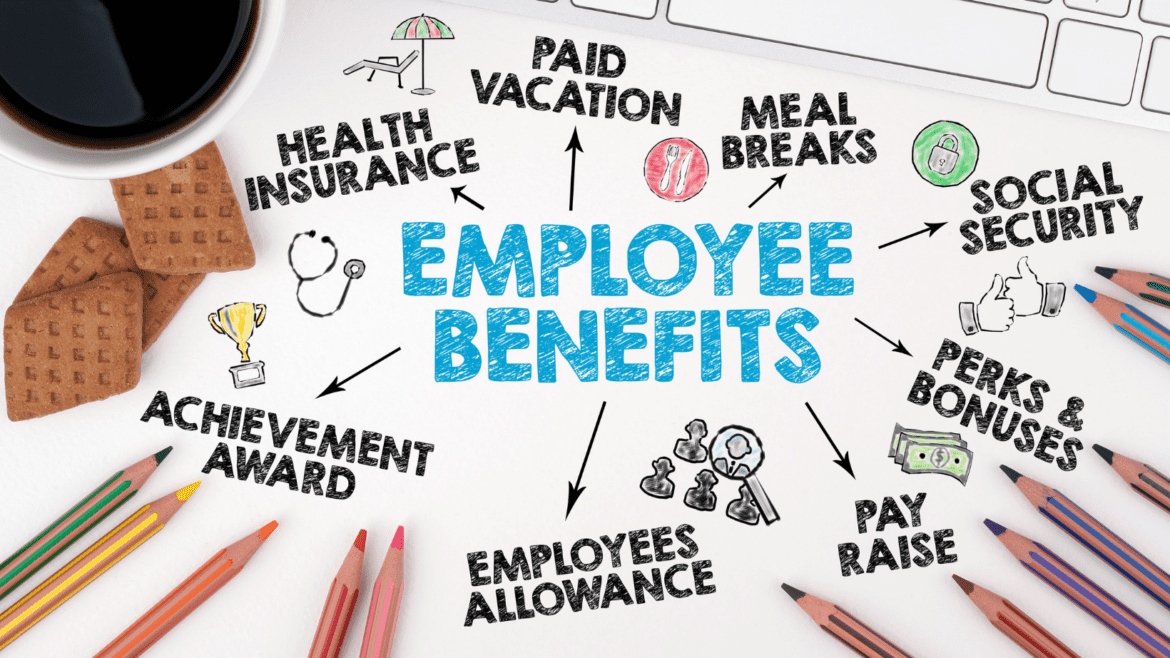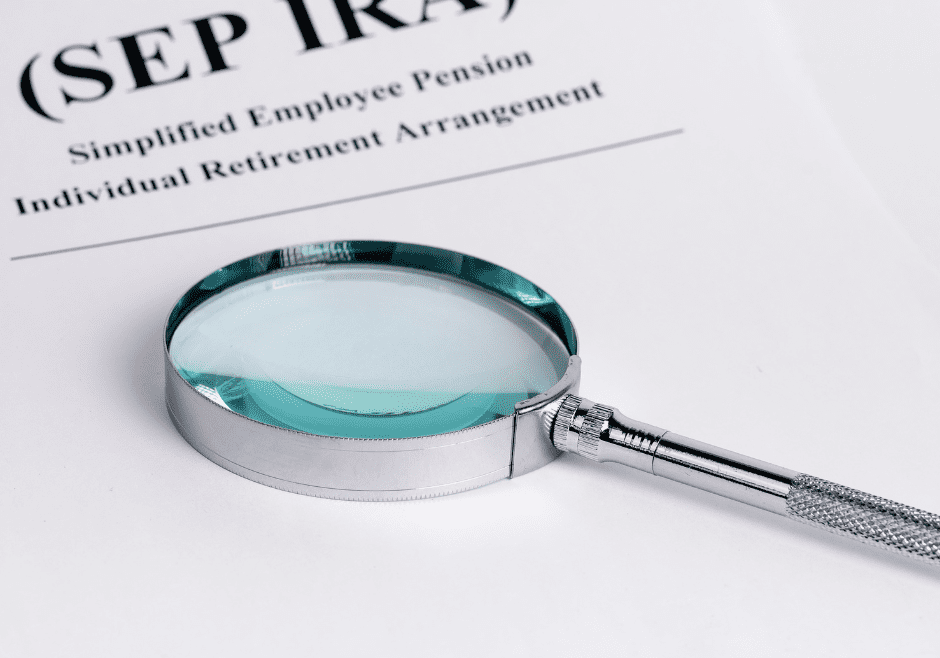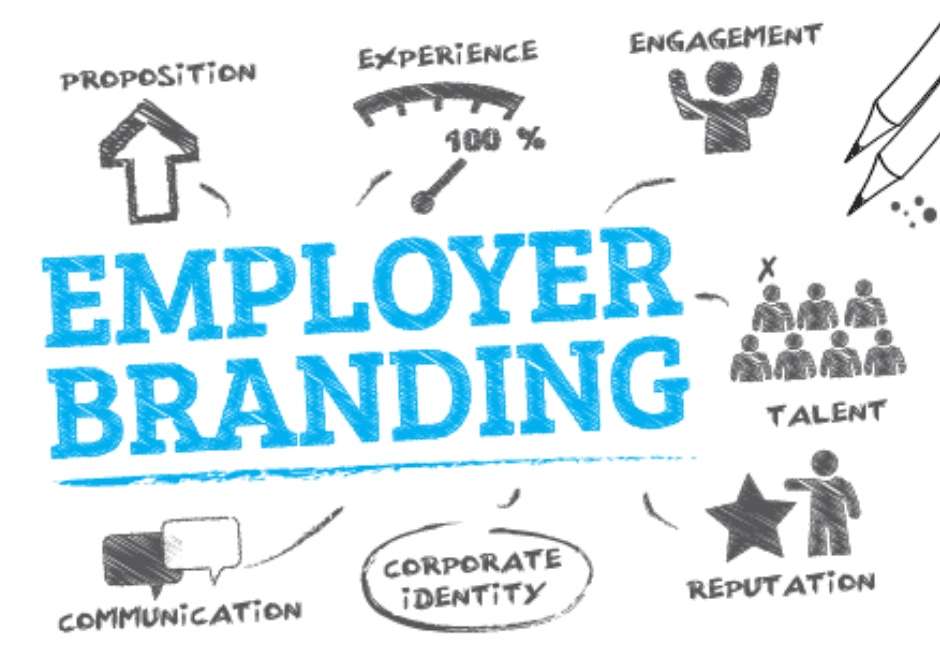Employee Benefits: Set Your Company Apart
Differentiate Your Business Through Benefits Offerings.
Most employers are in the crosshairs of the war for acquiring talent. Hiring is especially competitive for small businesses, which has prompted investments in ways to attract and retain staff. To stay ahead of the competition, consider new benefits that can ultimately lead to cost savings, such as giving employees decision support tools to choose compatible plans for their health savings accounts, concierge tools for streamlining and reducing health care spending, and disease management plans.
Flexible schedules go hand in hand with getting over the idea that employees are only working when you see them working. Set remote workforce policies making it clear to employees that your company is either a remote-first or office-first firm — and which is preferred and likely to be enforced. Hybrid work schedules are still popular and can differentiate you from another company when a candidate is deciding. Design a benefits platform that addresses the needs of your employees and makes mental health resources part of the equation.
Consider healthcare options
Health care is typically the most expensive benefit to offer, and coverage is only getting costlier. More companies have begun fully covering the cost of premiums, and a third of small-business employees are now enrolled in a plan where they aren’t paying out-of-pocket costs for single coverage. And lately, fewer employers are passing on premiums to their workforces.
Telehealth services should stay a part of your team’s coverage. Virtual and remote health care is here to stay but needs to evolve — there’s got to be integration with one’s overall health care plan to ensure the quality of care is paramount.
Expand the scope of your family leave policy beyond maternity leave to include more customizable options to support fathers, same-sex couples, adoptive parents, foster parents, grandparents who are caregivers for grandchildren, bereaved families, and those looking after elderly or sick loved ones. Since many employees will need to take care of someone else in their lives, think about how you provide an equitable experience for all staff. A short-term disability policy is another option to consider.
Think out of the box
Lifestyle spending accounts offer your employees coverage for physical wellness, athletic equipment, emotional wellness, meditation classes, retreats or even park passes. They’ll have the flexibility to address everyday life expenses without burdensome compliance limitations.
Don’t overlook employee development opportunities to further your workers’ careers and to help develop soft skills. Reimburse employees for continuing education and/or industry conferences. And assist team members with personal or work-related problems such as substance abuse or neurodiversity.
And what about perks that were once so key? Reevaluate your benefits package to move away from once-touted trends such as unlimited time off. Instead, experiment with services that allow employees to cash out their unused time and add it to their retirement account or to pay down student loan debt.
Administratively, unlimited paid time off is cumbersome and difficult to manage. As the priorities of your team change, benefits that were once important can become obsolete. According to benefits managers, gym memberships and employee discounts are less impressive to many employees.
Employee benefits exist within the atmosphere of economic uncertainty, heightened employee expectations and the extension of hybrid work. Although not every benefit is feasible or appropriate for every company, smart employers are finding that benefits can set them apart even more than salary. Let us know whether we can help you with evaluating your benefits program.
©2023
Sign up for PeepTek Solutions’ Newsletter











